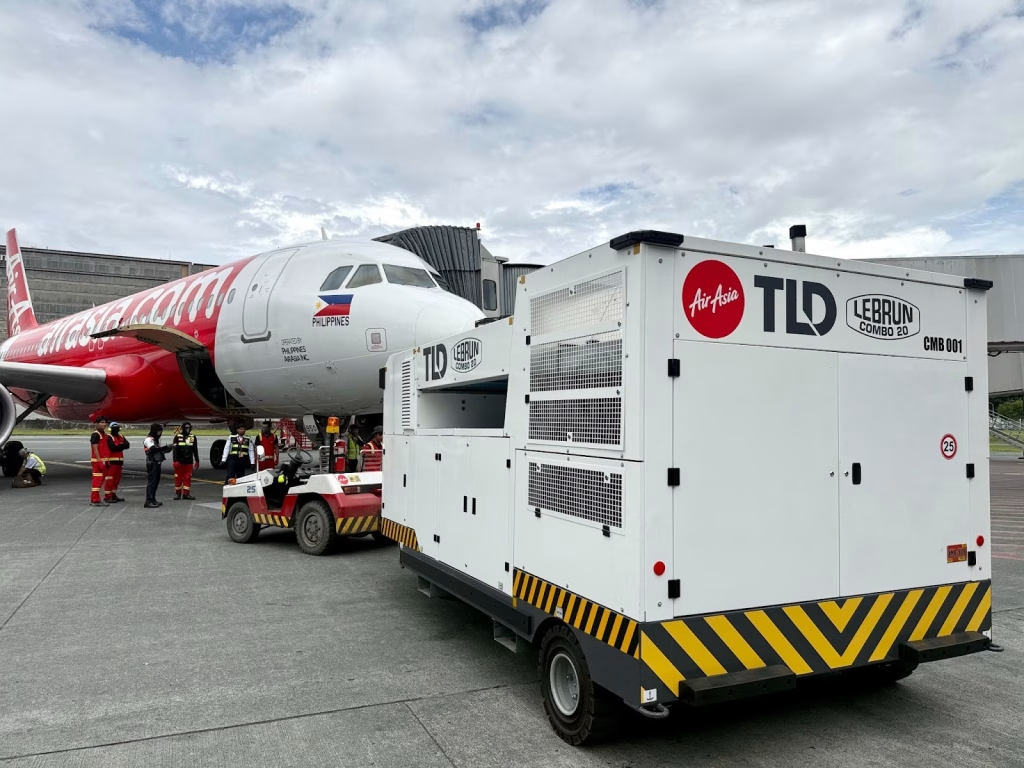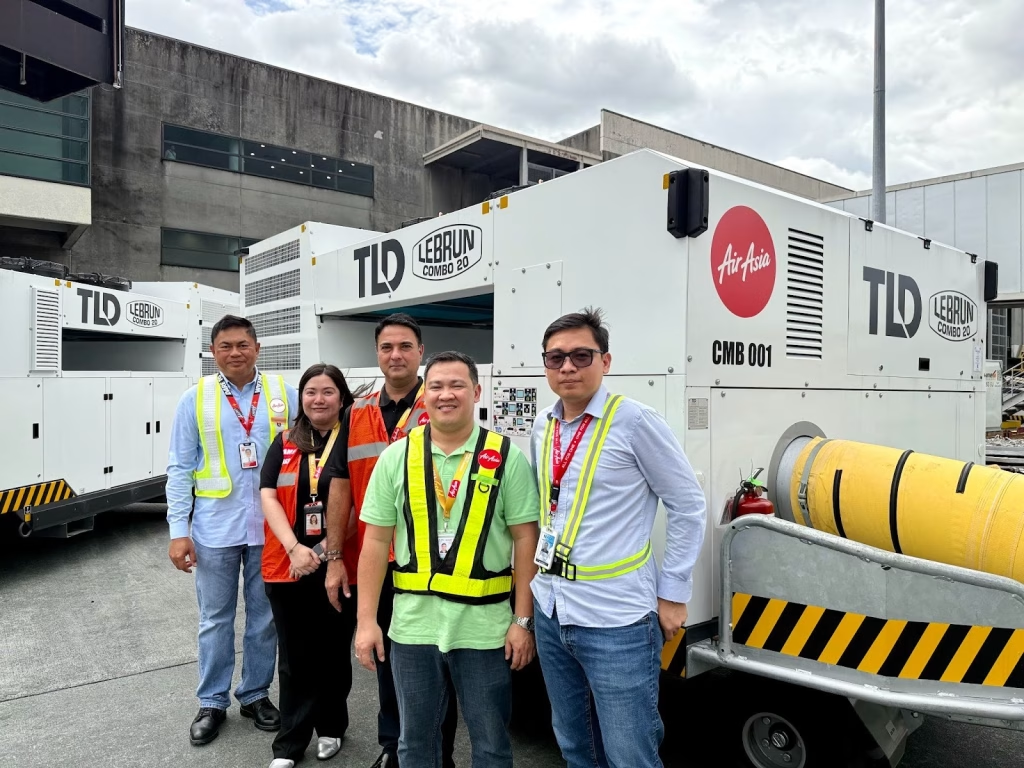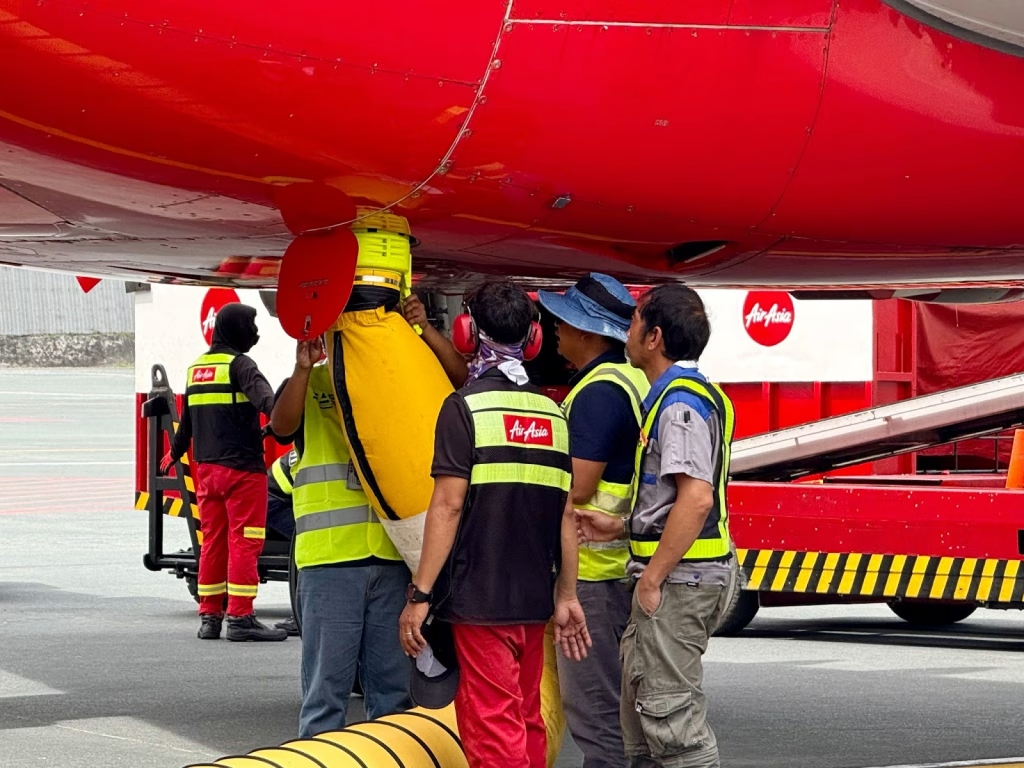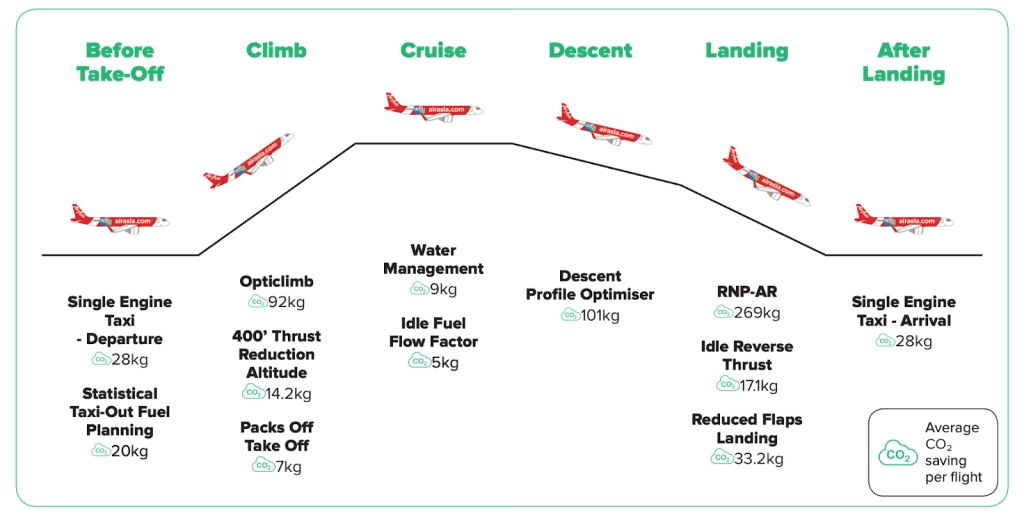AirAsia Philippines reinforces its commitment to decarbonizing aviation with the adoption of Combo Units (airconditioning unit and ground power unit combined), a new addition to its ground service equipment aimed at improving fuel efficiency and reducing carbon emissions.

The implementation of Combo Units in the Philippines marks a crucial step in localizing AirAsia Aviation Group’s regional push for lower-carbon operations. AirAsia Philippines is the second airline in the group to introduce this cutting-edge ground support technology at Manila’s Ninoy Aquino International Airport after a successful rollout in Malaysia.


The Combo Units provide aircraft on the ramp with sufficient electrical and air-cooling capabilities during pre-flight and transit. By reducing reliance on the aircraft’s auxiliary power unit (APU), the technology is expected to cut ground emissions by up to 90% under optimal use, all while maintaining a comfortable boarding experience for passengers. The measure also helps reduce air and noise pollution on the ramp, leading to better working conditions for baggage handlers and ground technicians.
The deployment of two Combo Units is expected to deliver an estimated 1,300 tonnes of CO₂ reduction each year.
Capt. Suresh Bangah, CEO of AirAsia Philippines, said: Our efforts to reduce emissions go hand in hand with improving the travel experience of our guests. The Combo Units not only lower our fuel consumption and carbon footprint but also ensure our guests remain comfortable while the aircraft is at the ramp, ready for their purposeful journey.
This initiative complements AirAsia Philippines’ fuel efficiency program, which collectively helped the low-cost carrier save 3,851 tonnes of fuel and avoid 12,169 tonnes of CO₂ emissions in 2024. These fuel efficiency measures delivered an improvement in AirAsia Philippines’ carbon intensity. The airline’s carbon dioxide per available seat kilometer (CO₂/ASK) dropped by 1.2g to 73.9g with the biggest contribution by efficiency improvements, while carbon dioxide per revenue passenger kilometer (CO₂/RPK) fell by 3.1g to 82.8g due to higher load factors.

Improving Cabin Waste Management
AirAsia Philippines’ sustainability efforts extend well beyond low-emission ground technology to practice a circularity approach in its in-flight services.
- Waste Diversion: Waste generated from in-flight services is actively segregated and processed to minimize its impact on landfills. Last year, 37% of the total in-flight waste was diverted from landfills.
- Green Packaging: Santan Philippines, the airline’s in-flight food and beverage partner, is working to shift from single-use plastics to polylactic acid (PLA) packaging from October 2026. This compostable alternative, derived from renewable sources such as corn and cassava, significantly reduces plastic waste and further supports more sustainable operations.
Global Recognition
AirAsia’s commitment to environmental responsibility has consistently earned recognition on the global stage. This year, recognitions include:
- AirlineRatings.com inaugural Sustainability Award: AirAsia was recognized as a top three winner in the Low-Cost Carriers category for the rating agency’s first sustainability award.
- 42kft.com’s first Environmental Audit: AirAsia was recognized among only 25 top-performing carriers out of 142 airlines evaluated worldwide, underscoring the effectiveness and scale of its environmental initiatives. PAA earned a perfect 10/10 score in the platform’s comprehensive data-driven sustainability audit.
These efforts reflect AirAsia Philippines’ contribution to integrating sustainability into every aspect of its operations and to steer its growth in line with its commitment to achieve Net Zero by 2050.

